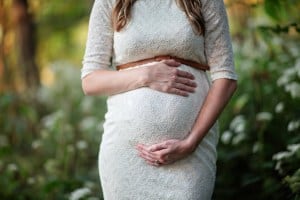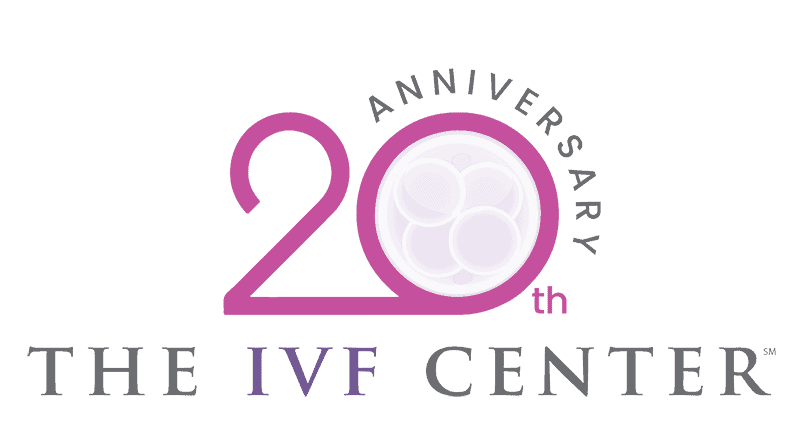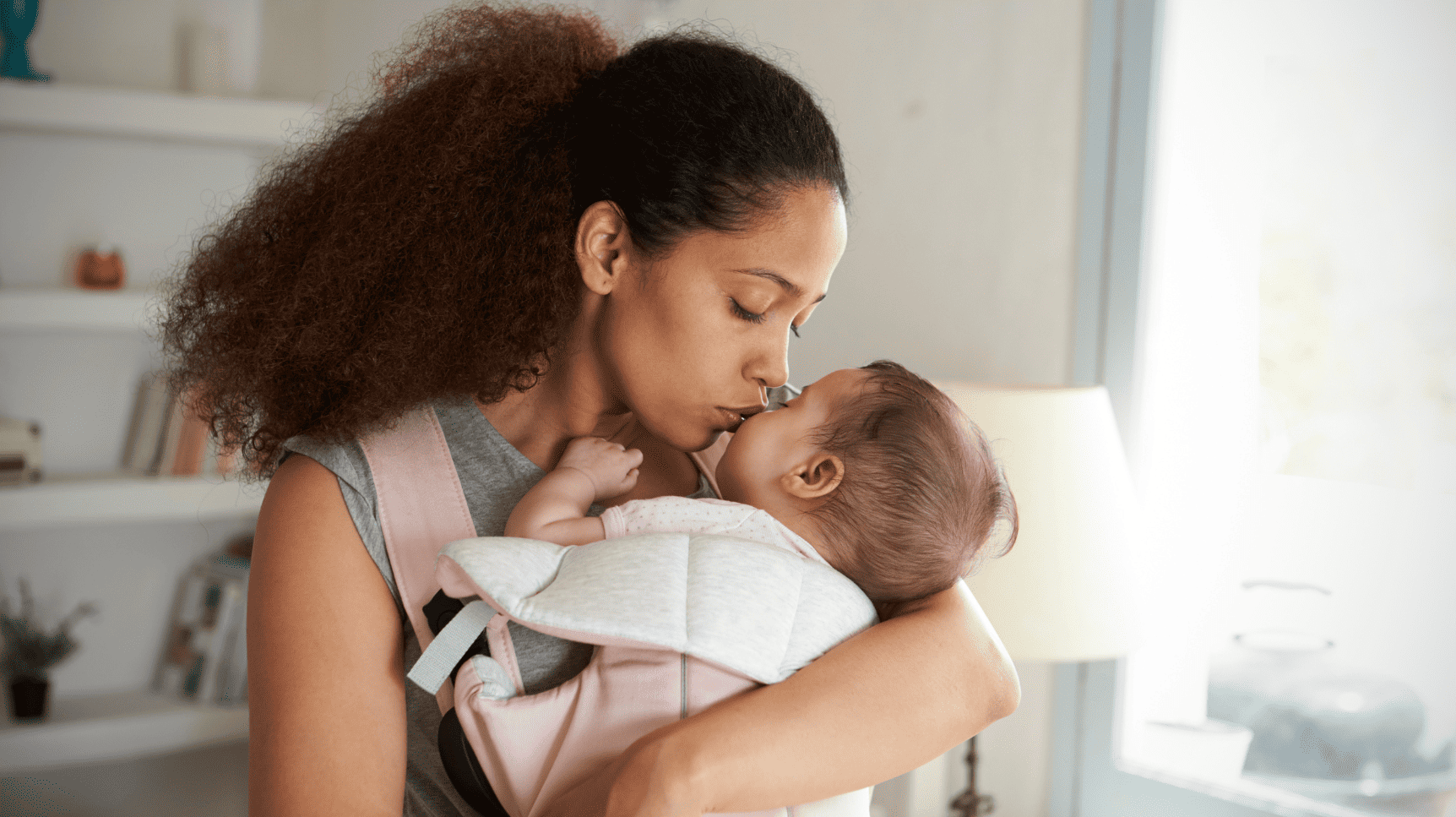A miscarriage can be an emotionally painful time. It represents the death of a child, of a baby who was never seen, and a child who will never be known to the world. Miscarriages and the unspoken taboos around them can propel many women into despair, distress, and depression. Understanding the causes of recurrent miscarriages can go a long way to alleviating feelings of guilt, hopelessness, and confusion.
 “One of the most frustrating problems I see in my practice is recurrent miscarriages,” says Mark P. Trolice, M.D., a board-certified reproductive endocrinology and infertility specialist and founder of The IVF Center. “The chance of a miscarriage in women under 30 years old is about 10%, but it goes up to about one in three, and up to 50%, in women over the age of 40.”
“One of the most frustrating problems I see in my practice is recurrent miscarriages,” says Mark P. Trolice, M.D., a board-certified reproductive endocrinology and infertility specialist and founder of The IVF Center. “The chance of a miscarriage in women under 30 years old is about 10%, but it goes up to about one in three, and up to 50%, in women over the age of 40.”
Why Do Miscarriages Happen?
According to Dr. Trolice, the condition of a woman’s eggs is a prime cause of miscarriages, but the age of the male partner can also contribute as well.
“It has to do with egg quality,” says Dr. Trolice. “As a woman ages, the quality of her eggs diminishes. For years we thought it was the woman who was the main contributor to miscarriage, but recent studies have shown that advanced paternal age (men aged 40-45 years and older) can contribute to miscarriage as well as to other issues such as infertility, birth defects, autism, and schizophrenia.”
As far as statistics are concerned, individual miscarriage affects 10-15% of the population, two or more miscarriages impact 5%, and three or more losses affect 1% of the population.
The American Society for Reproductive Medicine recommends evaluating a patient, or at least discussing the issue after two miscarriages, and certainly testing with three or more losses. But if a woman is older than thirty-five, Dr. Trolice will often start doing a complete evaluation with two or more losses, and even with women younger than that.
The Causes of Recurrent Miscarriages
Dr. Trolice emphasizes that 50% of the time, the cause of the miscarriage is unknown. The other 50% can be broken down into four areas:
- Genetic
- Anatomic
- Autoimmune
- Hormonal
“For genetic factors, we look at the chromosome, or carrier type, of the couple trying to conceive,” says Dr. Trolice. “Less than 5% of the time, one of them can have a carrier situation, meaning that their chromosomes are not completely lined up, giving the offspring an unbalanced picture, which can increase the risk of miscarriage.”
Anatomical issues with the uterus can also cause loss. “The most common being a septate uterus, where the sides of the uterus don’t completely core out, so the top part of the uterus remains in the uterine cavity, increasing the risk of loss to about 44%,” says Dr. Trolice. “Fortunately the incision of the septum is done surgically as an outpatient procedure.”
Autoimmune issues include antiphospholipid syndrome (APS), where women have proteins circulating in the blood that can increase the risk of blood clotting in the pregnancy tissue. This affects 10% of women with recurrent loss. Three simple tests can determine the presence of APS.
Hormonal problems include thyroid and prolactin abnormalities as well as uncontrolled diabetes – all of which can increase the risk of miscarriage. Patients can be screened for all of those. Polyps, fibroids, and scarring inside the uterus can also be a factor causing loss.






